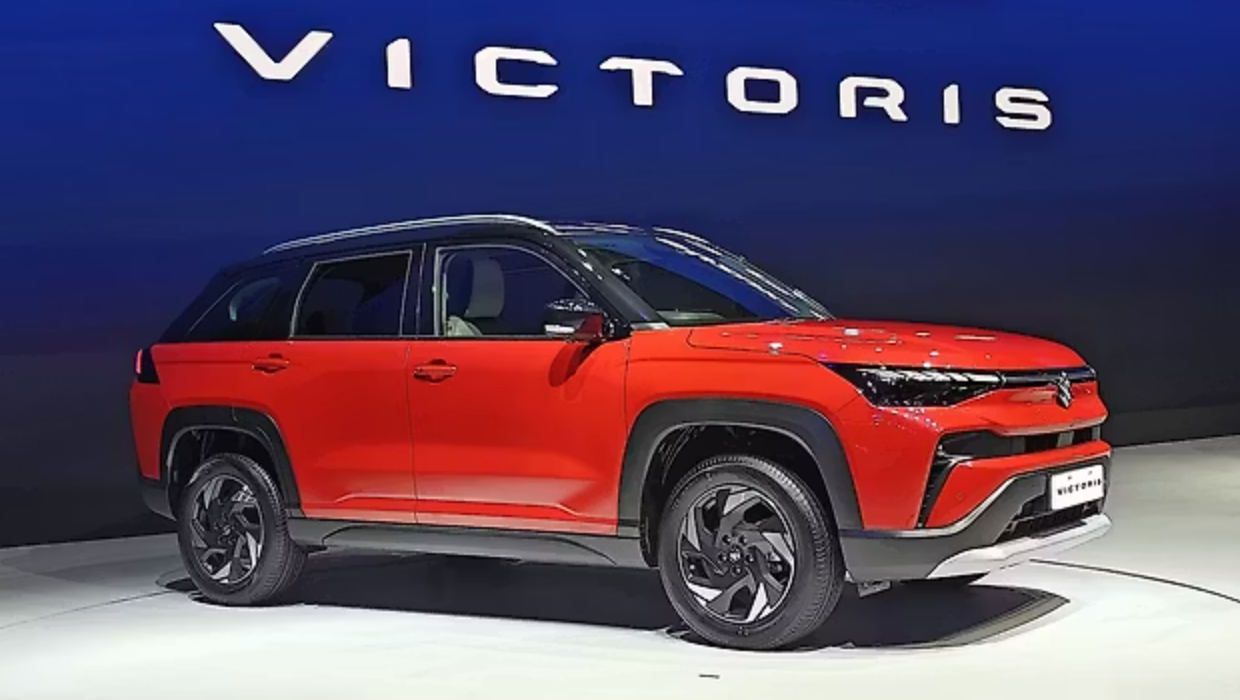Mercedes-Benz flagship electric vehicle uses China-made CATL batteries
Large car manufacturers cooperate to varying degrees with leading manufacturers of traction batteries. In most cases, these alliances are not exclusive. Daimler, for example, is equipping EQC electric vehicles with LG batteries, and for the flagship EQS, it will use Chinese-made CATL traction batteries.

A press release dedicated to the Mercedes-Benz EQS was stingy with details regarding the electric vehicle’s traction battery. It was only reported that the car is equipped with a new generation of batteries with high energy consumption. According to the conventional WLTP cycle, the estimated mileage for the older modification will reach 770 km with a battery capacity of about 108 kWh.
As noted by Business Korea, within the framework of the EQS model, Mercedes-Benz has begun cooperating with the Chinese company CATL, which will supply it with prismatic traction batteries. Simultaneously, the assembly of cells into a ready-made battery pack will be carried out by Mercedes-Benz in-house at the plant in Stuttgart. In the future, a new CATL facility will start operations in eastern Germany, focusing on the production of battery cells for Daimler. The Chinese company will invest about 240 million euros in its construction; a research center will be located next door.
CATL and Daimler will work together to improve battery cell technology. The partners are faced with the task of increasing the density of the cells inside the battery pack. The German carmaker relies on LG Energy Solution plate batteries to produce the EQC electric vehicle. The Korean supplier’s plant is located in Poland, so the new CATL plant in Germany will be closer to the assembly line where electric vehicles of both models will be assembled.
BMW relies on prismatic Samsung SDI battery cells; Volkswagen still uses LG Energy Solution and SK Innovation batteries, but by 2030 plans to cover up to 80% of its own battery needs on its own.




